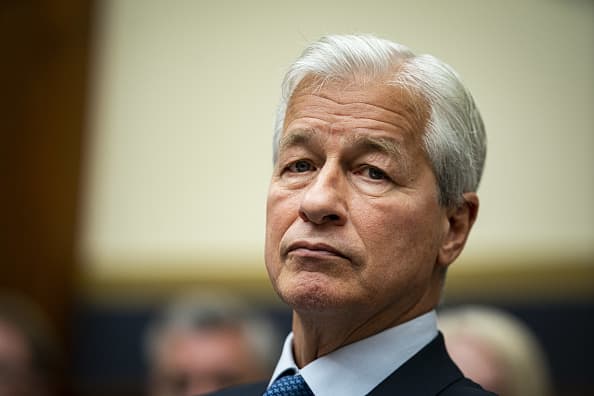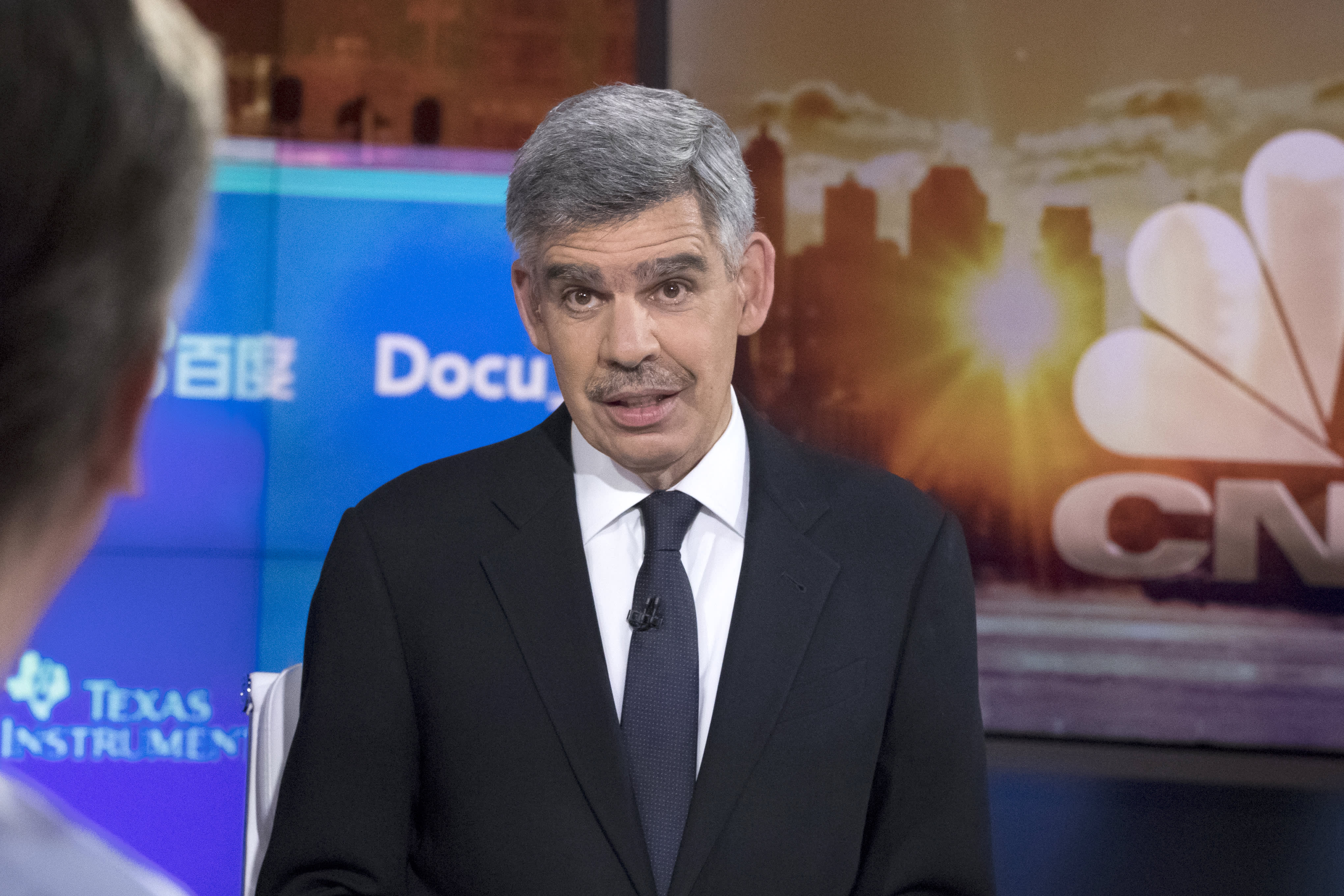
Even though Latinos are the second-largest ethnic group in the U.S., they’re underrepresented across many industries, including finance, which can have long-term effects on the ability to grow wealth.
A group of Latino-led and focused venture capital firms is looking to change that.
There are more than 62 million Hispanic or Latino people in the U.S., according to the 2020 Census. That’s nearly 19% of the total population, second only to non-Hispanic whites. They also represent one of the largest and fastest-growing sectors: In 2019, the total economic output of the group was $2.7 trillion, up from $1.7 trillion in 2010, according to a report from the Latino Donor Collaborative.
Lea este artículo en español aquí.
But in 2021, Latinos made up only 4% of large U.S. companies’ most senior executives, per a survey from the Hispanic Association on Corporate Responsibility. And a separate study in 2019 by the CFA Institute found that only 8% of workers in investment management firms were Latino compared to 9% Asian, 5% Black and 84% white.
Similarly, only 2% of venture capital professionals and partner-level professionals at institutional firms are Latino, a study from LatinxVC discovered.
“We’re trying to increase [Latino] venture capitalists within established venture organizations,” said Mariela Salas, the executive director of LatinxVC. “We’re also trying to retain those Latinos that are in institutional and smaller firms.”
The investing gap
Latinos also are less likely to have access to investing. Latino household wealth lags that of white counterparts, and only 26% of Hispanic households have access to an employer-sponsored 401(k) plan, compared to 37% of Black households and half of white ones, the Economic Policy Institute found.
Lack of access to capital markets makes it harder for Latinos to build meaningful wealth. It also means they’re underrepresented as shareholders of companies if they aren’t holding stocks and that they’re not lending a proportional voice to investing decisions.
“We should be mindful of the connection of finance and the capital markets to the broader economy,” said Rodrigo Garcia, global chief financial officer of Talipot Holdings, an investment management group. “It’s always been a critical piece that we have representation in asset management, in the people who are making decisions on the purchases of stocks, bonds, venture capital private equity and more.”
Latino-focused venture capital
There are several Latino-focused venture capital firms that are working on at least one piece of the puzzle: investing in their communities.
One of those firms is the Boston Impact Initiative, which just launched a $20 million fund focused on investing in entrepreneurs of color.
“We take the earliest risk, we’re funding the teeny-tiny startups that hopefully one day will grow into those companies that become publicly traded and become available in the retail finance sector,” said Betty Francisco, CEO of the Boston Impact Initiative. Those businesses include Synergy Contracting, a women-owned construction company, and Roundhead Brewing, the first Latino-owned craft brewery in Massachusetts.
Another group, Mendoza Ventures, was started in 2016 to address the lack of both women and Latinos writing checks to fund new companies. The Boston-based firm run by Adrian Mendoza has raised $10 million across two funds.
“We give the opportunity to first-time accredited investors, people of color and women to get access to venture capital,” Mendoza said. Accredited investors are individuals or entities that meet specific earned income, net worth or asset thresholds in order to invest in sophisticated or complex securities.
“The majority of wealth in America comes from [mergers and acquisitions] and that comes through venture capital and private equity, so why not be able to diversify on the other end?” Mendoza added.
What investors can do
To be sure, there has been some progress in the financial industry. In 2021, the number of Latino certified financial planners rose by 15% from the prior year. Still, of the overall class of professionals who passed the exam that year, only 2.7% identified as Latino.
Those in the industry see that there’s a benefit to having more people with diverse experiences in all areas of finance.
“You cannot replicate anyone’s lived experience,” said Marcela Pinilla, director of sustainable investing at Zevin Asset Management. She added that as a Latina in finance, she wants to bring more people of color into the industry.
From the perspective of the retail investors themselves, one of the most powerful things they can do is look at what they’re investing in and ask how many of those dollars are going to Latino fund managers, Latino-led funds or even companies with Hispanic leadership.
“I think just the simple question of ‘who is managing my money?'” is important, said Mendoza.
Get CyberSEO Pro (https://www.cyberseo.net/) – all-in-one content import plugin for WordPress.









